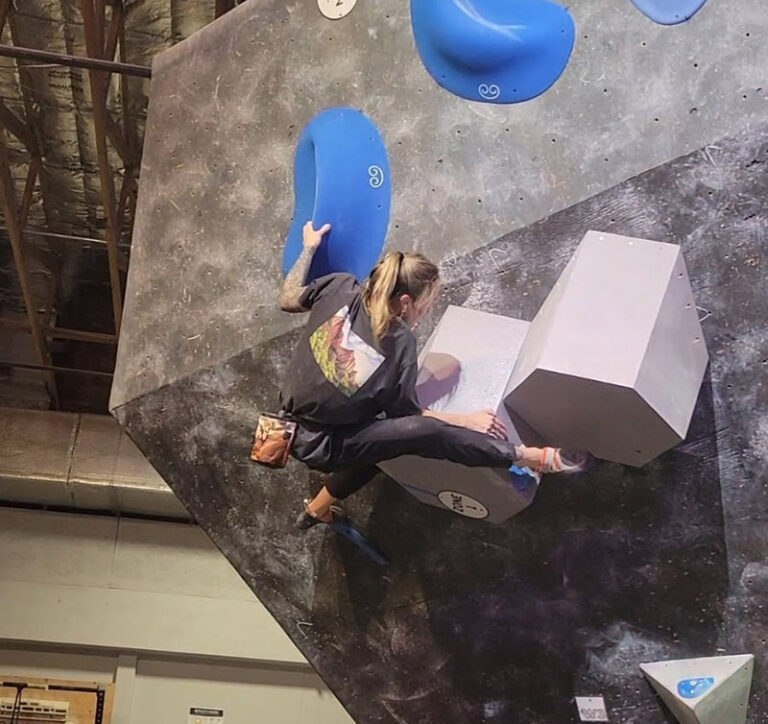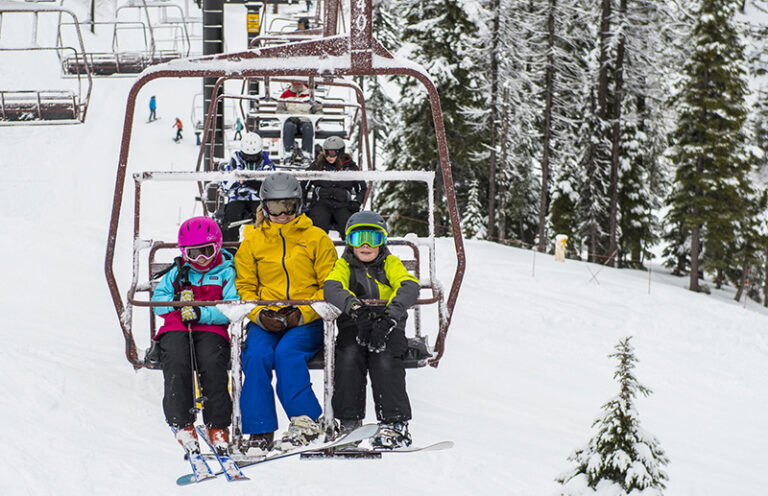Before you head out on a summer hike, take a minute to check in with yourself to make sure you’re prepared for what you’re hoping to take on.
Go over a pre-hike checklist: hiking boots and wool socks, favorite trekking poles, 10 essentials (see sidebar), light-weight pack, pocketknife, camera (and more…). While there may be other preferred odds and ends to include alongside your favorite gear, you’re ready to hit the trails, right? While these essentials are needed for comfort and safety, an often-overlooked ‘essential’ aspect of hiking and backcountry navigation is ensuring your capacity (i.e. physical fitness) is a good fit for the demands of the trail. As they say, it’s a good idea not to write a check your body cannot cash.
Fortunately, the performance demands of hiking and backpacking are well known. To increase your capacity and ensure a successful hiking season, prioritize the following areas of focus:
- Improve cardiovascular endurance with consistent walks — expand time-on-feet by walking progressively farther distances on alternating days. If you have a 10-mile hike planned, you should be able to tolerate the distance and duration of the hike. Further improve your readiness by incorporating a loaded pack or weighted vest into your training.
- As we age, our dynamic balance on variable surfaces diminishes. Use it or lose it! To improve safety, reduce fall risk, and increase confidence on uneven terrain, incorporating a simple marching routine significantly improves your fluidity of movement and overall control.
- Whether navigating glacial till, ascending Aasgard Pass, or enjoying the rolling terrain of the Palouse, improving quadricep, posterolateral hip, and calf muscle capacity is crucial to ensuring your ability to enjoy the outdoors . . . as opposed to constantly wondering, “How much farther to the car?!?”
- Finally, while adequate range of motion is necessary (read: “Should I be stretching?”), exposure to a variety of positions and loaded movements is adequate for most individuals to maintain mobility.
All together, each of these areas of emphasis contribute to your overall hiking capacity, allowing you to navigate uneven terrain, challenging ascents and descents, prolonged time-on-feet, and exposure to the elements.
Want more specifics, including guided top-10 exercise progressions and recommendations to prepare for your upcoming hike? Visit Trexopt.com/blog/hiking-readiness-2023 for more digital resources and information.
Joel Sattgast













